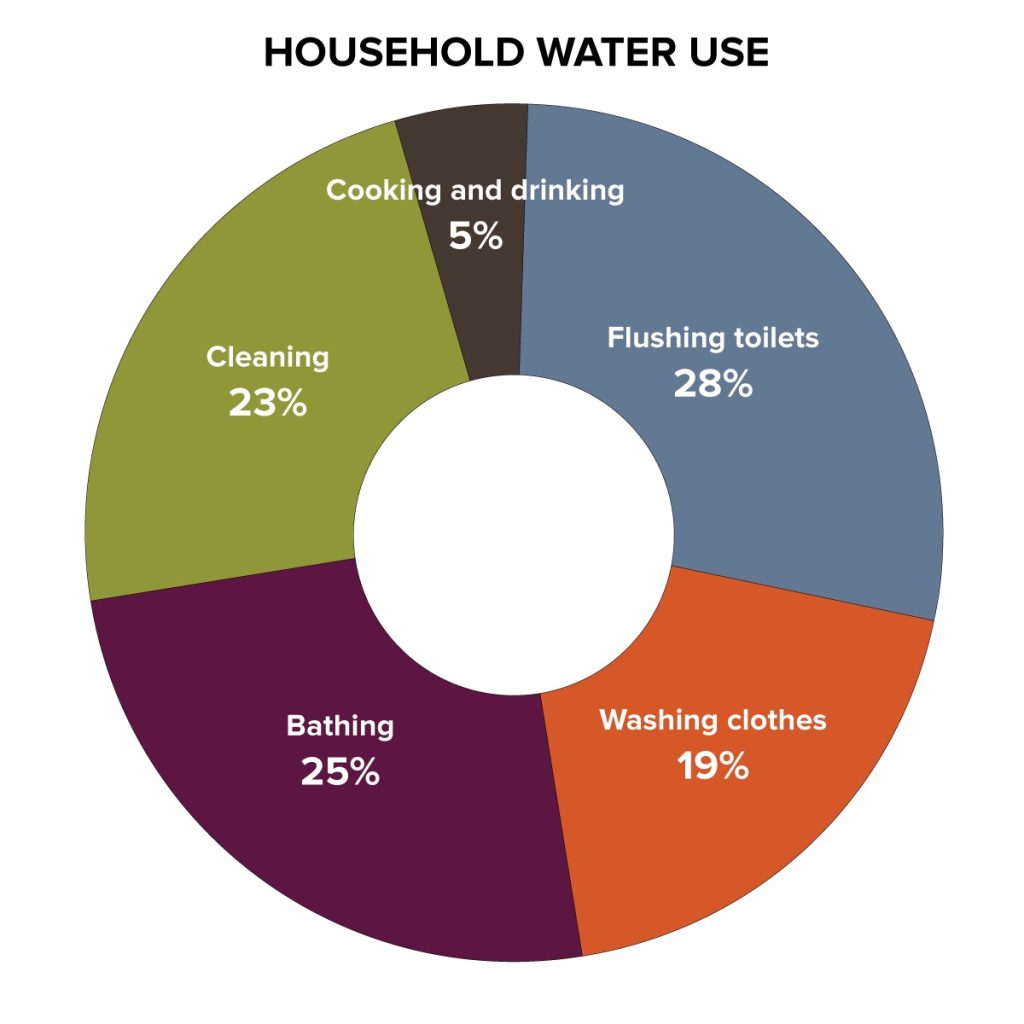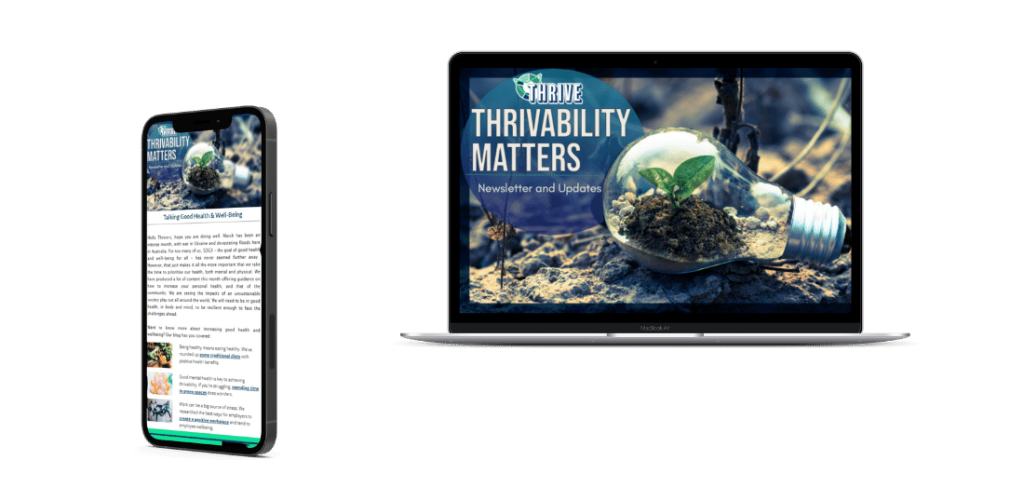Water purification is the removal of undesired chemical compounds from water. The process removes compounds of organic and inorganic materials, and biological contaminants. Today, water purification involves filtration, distillation and/or deionization to provide clean water suitable for domestic use and industry.
Filtration
Importantly, filtration is a process that removes particles from suspension in water. Removal is achieved through various methods:
- straining,
- flocculation,
- sedimentation,
- and surface capture.
Furthermore, there are 5 types of water filter:
- Mechanical filters
- Absorption filters
- Sequestration filters
- Ion exchange filters
- Reverse osmosis filters
Each filter addresses a unique circumstance. Also, various combinations achieve multiple levels of filtration.
In addition, the medium within the filter is the material that captures unwanted particles. Filters can be both large and small scale, and made of a variety of materials. Small scale filters are generally disposable, while large scale filters can be cleaned and re-used. For large scale municipal water treatments, filters are made of sand or other granular materials.
Why are Water Purification Systems Important?
In many societies, clean and safe drinking water is not guaranteed. Nonetheless, pure water is essential for daily life. It is used for:
- drinking,
- cooking,
- bathing,
- washing clothes,
- and other domestic uses.

Source: https://ohioline.osu.edu/factsheet/aex-420
However, in developing countries, communities often face critical problems including:
- low levels of water security,
- poor infrastructure,
- scarcity of drinking water,
- water pollution,
- and poor sanitation
As a result, there are many ways in which vulnerable populations like these are at risk from inadequate water purification systems.
Firstly, poor water and sanitation cause nearly 80% of illnesses in developing countries. Low water quality create deadly health threats like typhoid, cholera, malaria, and diarrhea. Secondly, pollution and/or rising sea levels contribute to water contamination. Thirdly, women and girls in these communities are more vulnerable. Unequal access to clean water can affect their health, safety and their opportunity to engage in economic activities.
How Do Water Purification Systems Work?
Actually, there are many different water purification systems. Of these, each process is dependent on the geographic features of its location.
For instance, desalination in the Middle East and North Africa removes salts and minerals from seawater. This method is popular in locations with direct access to the ocean. However, such systems need to be constantly adapted for reliability and efficiency, and therefore require constant innovation.
Generally, large scale desalination uses reverse osmosis technology.
Unfortunately, a huge barrier for desalination is the high energy demand for pumping and purifying water. Certainly, the transition towards solar energy will help decrease this energy requirement.
Generally, desalination plants are best suited for large populations. Overall, they are way too expensive for smaller and regional communities. Also, the cost of construction and maintenance is high. Consequently, not many countries are able to afford these systems.
As a result, some countries use alternative methods, such as:
What are the limitations to widespread deployment?
Currently, millions of people do not have access to clean water. On average, 70% of the Earth’s surface is covered by water. However, only 3% of that is freshwater. Further, only one-third of freshwater is accessible for use.
There are many reasons people can not get access to purified water. These include:
- overuse of water,
- pollution of water,
- conflict,
- distance,
- drought,
- governmental access,
- global warming,
- illegal dumping,
- ground water pollution,
- and natural disasters.
Overall, governmental access causes the most hardships of all. Water scarcity occurs in totalitarian states where authorities impose strict controls over supply.
How can we help?
Of course, it is vital that all people have ready access to clean water for domestic use and agriculture. However, there is an estimated 663 million people worldwide who lack access, and this certainly affects their sanitation levels as well.
Nevertheless, there are some simple ways to improve water quality. For example, health education is an important factor in good hygeine. In fact, just helping communities to learn how to wash hands properly with soap and water can reduce cases of diarrhoea by up to 35 percent.
Other solutions include:
- Improved sanitation facilities by providing toilets that flush into a sewer of safe enclosure.
- Implementing rainwater harvesting systems, and building wells to collect and store rainwater – or draw from underground aquifers.
- Using water filters, solar disinfection, or flocculants, to make safe drinking water.
- Low-cost solutions to improve water quality. For example, chlorine tablets and plastic bottles that can be exposed to sunlight.
THRIVE is a not-for-profit organisation dedicated to providing research, education and advocacy in sustainability matters. In addition, we conduct monthly webinars, and produce regular e-news, podcasts and blogs. If you’d like further information, or want to find out more about our mission to reach ‘thrivability’, please visit our website, or sign up to our newsletter.


